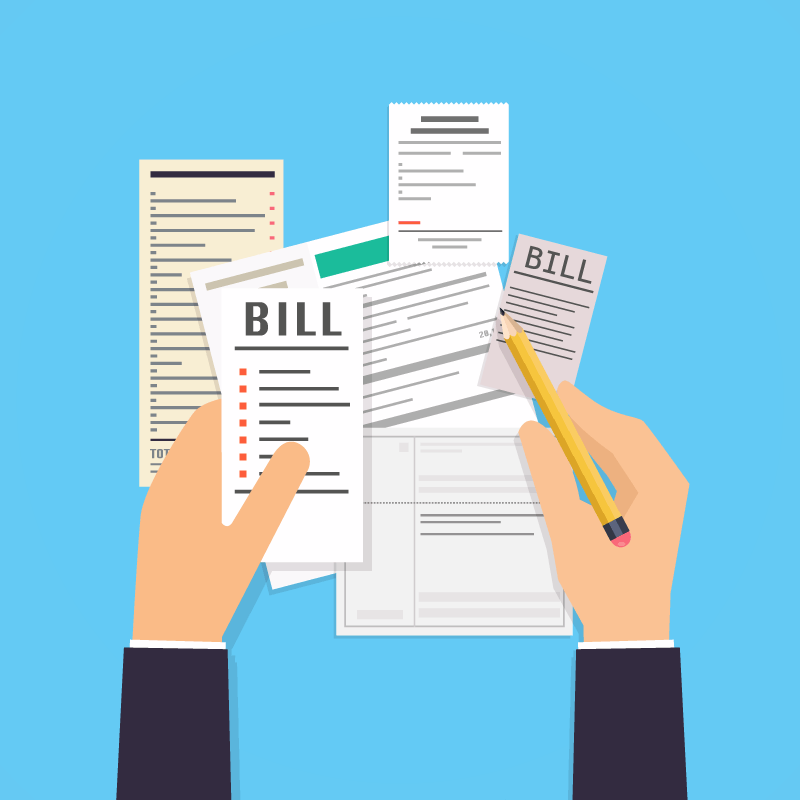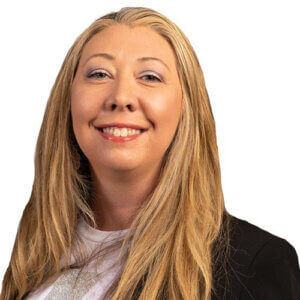The first step in consolidating your bills is calculating how much debt you have and how much income is available to address it. List all your credit card balances and unsecured loans and be sure to include the interest rate and monthly payment for each one. On a separate sheet, list all sources of income.
Next you need to choose the debt-relief option that suits your situation best. There are five ways to consolidate debt.
- Use a balance transfer credit card – This is the best option for someone with a small amount of debt (under $3,000). Transfer high-interest credit card balances onto one zero-percent interest card. There could be a transfer fee involved and these are “introductory” offers, meaning the zero-percent interest rate expires, typically in 12-18 months. If you pay off the debt during the introductory period, you save all the interest you would have paid and this is an excellent choice. If you lack the discipline to pay off the balance in 18 months, you’re better off looking around more.
- Consolidation loan – This is an unsecured personal loan from a bank, which means it isn’t backed by any collateral. The current rate ranges from 7%-to-20%, depending on credit score, loan amount and loan term. In many cases, origination fees are charged for this loan. If you have bad credit, expect to pay interest at the high end of the scale.
- Home equity loan – This is a loan from a bank or credit union using your home as collateral. The current rate ranges from 6.5%-to-10%, which is considerably lower than the 15%-29% rate charged by most credit cards. However, this is a riskier option. Defaulting on the loan could result in foreclosure of your home.
- Debt management program – This is not a loan, but rather a consolidation plan offered by nonprofit credit counseling agencies. The credit counselors assess your income and budget to determine if you can pay off the debt in 3-5 years. If so, they work with your creditors to reduce the interest rates on your debt and come up with an affordable monthly payment. You will make one payment to the credit counseling agency, and they will disburse the funds to your creditors.
- Personal loan from friend/relative – Borrowing from a friend or relative is an option with an obvious risk: You could destroy a relationship if things go badly. On the plus side, you would hope a relative/friend would offer you an affordable interest rate and time to repay. Be sure to create a promissory note that details the agreement, including loan amount, interest rate and repayment schedule. Keep in mind the IRS will consider uncharged interest as income to the borrower, unless the loan is less than $14,000, which qualifies for a gift-tax exclusion as of 2017.
The last step is to pay off all your debts and manage your money better. Spending more than you make is what got you into debt, so be sure to create a budget and create room for savings.
How Does Debt Consolidation Work?
Debt consolidation makes paying your bills more manageable by reducing the interest paid on the total debt and requiring only one monthly payment.
You get a new loan to cover your existing debts, and pay them all off at once. The overall debt is reduced because the interest rate on the single loan is lower than the combined rates of the old ones.
The loan can be pursued through a bank, credit union or online lending service, though that might require putting up your house or other asset as collateral.
Another option is debt relief companies, where credit counselors enroll you in a debt management program. The credit counselors work with your creditors to lower interest rates. You make one monthly payment to the debt management company, which distributes the funds to creditors for a service fee.
The fee is usually less than $50, according to 2016 surveys. Interest rates are typically reduced to somewhere between 6% and 9%, which can mean saving of thousands of dollars. The plan usually takes three to five years to complete.
The U.S. government recommends using a company that has been certified by the National Foundation of Credit Counseling. The NFCC reported in 2017 that member institutions had a varying success rates.
“Our review of members’ success rate data confirms that greater than 70% of clients achieve success, nearly half paying off all their debts in full,” NFCC spokesman Bruce McClary said. “Moreover, even those who do not complete their DMP and pay off all of their unsecured debt still enjoy success by repaying more than 25% of their original debt prior to exiting the program.”

4 MINUTE READ
Home » InCharge Blog »

















